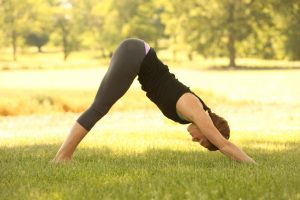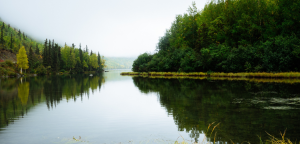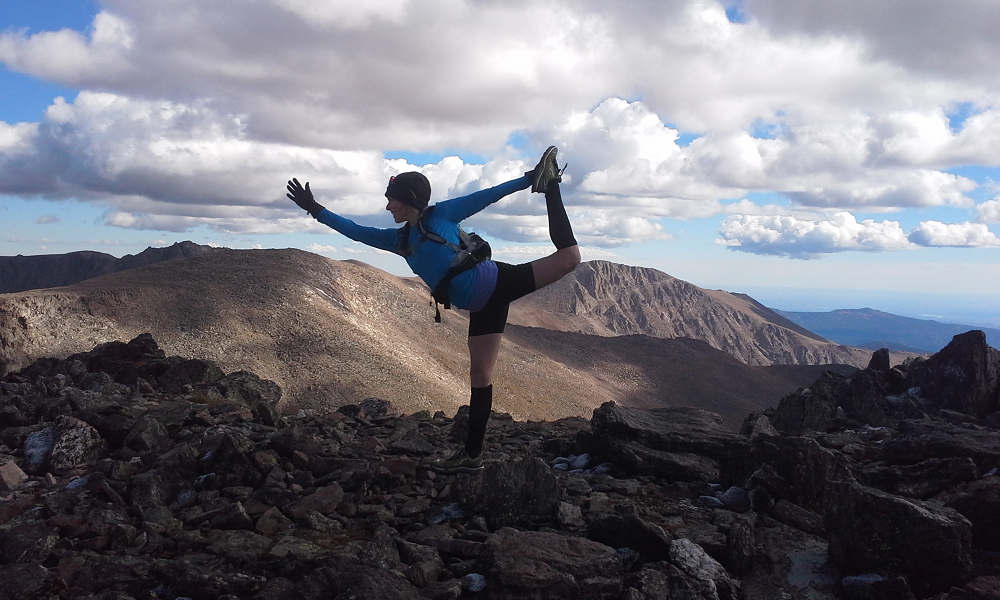
What to Do When You’re Not Training for a Race
Did you have races planned, but then they got cancelled?
It’s so helpful to set intentions, make commitments, and look ahead towards the things you want to do! I’m all for setting goals — I do it all the time.
However, I’ve learned it’s also key to have a plan (but not to fall in love with the plan). What do I mean by this? Anticipate the need for flexibility and possible roadblocks, because you’ll likely have them.
I don’t know about you but I want to be the kind of woman who can reach her goals. But I also want to be the kind of woman who can adapt and bounce back when life happens and I face the unexpected.
So maybe that sounds good, but how do we actually do that? First, what if you didn’t aim for results and outcome, but instead focused on the process?
Journey vs. Destination
Goals can be process-related, and they can be outcome related. It may be obvious, but process goals focus on the process itself, whereas outcome goals are all about the end goal or the outcome.
It’s kind of like focusing on the journey vs. the destination. I’m raising my hand over here as someone who sometimes struggles with being rigid and having control over outcomes, but I can tell you it’s so much smoother when I focus on the process because those are the steps I can choose.
If you’re training for a race like a half-marathon, you may have an outcome goal of running a certain time based on previous races. But then, you don’t end up with those stats because you’re not feeling good that day, and if you dwell on the outcome only, it could completely shatter your confidence and motivation because you don’t feel on track.
A process goal keeps you going despite the outcome because it allows you to focus on other aspects of training – like the fact that you still ran a half-marathon, you enjoyed the process of training and long runs with friends, and you feel stronger than last year. Focusing on the process keeps you in the present, allows you to be more flexible and adapt, and who knows? You may even stop and smell the wildflowers on the trail instead of missing them altogether.
Track Your Cyclical Body
Something else I think all women should know when training for a race, is how to track their training and menstrual cycle. What if you knew the best workouts to do based on your menstrual cycle each month? The thing about most training plans is they’re linear progressions (but women are cyclical).
The reality is, there are certain times of the month that are best suited for your hardest workouts, and when you track your cycle, you’ll know when those times are so you can get the most out of your peak energy weeks.
There are also certain times of the month to rest and recover, and if you don’t know when to maximize this, you’ll wonder what’s wrong with you and why you’re so unmotivated. Ultimately, it could land you in burnout, like it did for me. It’s been life-changing for me to understand this concept, and I’m less hard on myself because I understand my body better.
Make Play Part of Your Training Plan
Play is essential. Some may think play is a non-productive waste of time, but if you’ve experienced it, you know that play sparks motivation and some of your best efforts.
One practical way you can invite this into your workouts is by doing some speed play (sometimes called a fartlek run). Instead of set intervals (e.g. 1 min on, 1 min off), you could use landmarks on your route. Pick a certain tree up ahead and sprint to it, then jog to recover until you feel like you can go all out again.
You could also use music, and go harder when the beat picks up, while recovering on the slowdowns. You can do whatever number of intervals is fitting based on your fitness and where you’re at with training, but as a guide, I like to remind myself that I should end the workout feeling like I could do another sprint, not completely depleted.
So as with all things, whether it’s your training plan, goals, or these suggestions – take what you like from this and leave the rest. But consider focusing on the process (not just the outcome), understanding your cyclical body, and including play as part of your training plan.
To your one WILD life,
Jenni
P.S. Here are some free resources to help you run, live, and sweat in sync with nature.
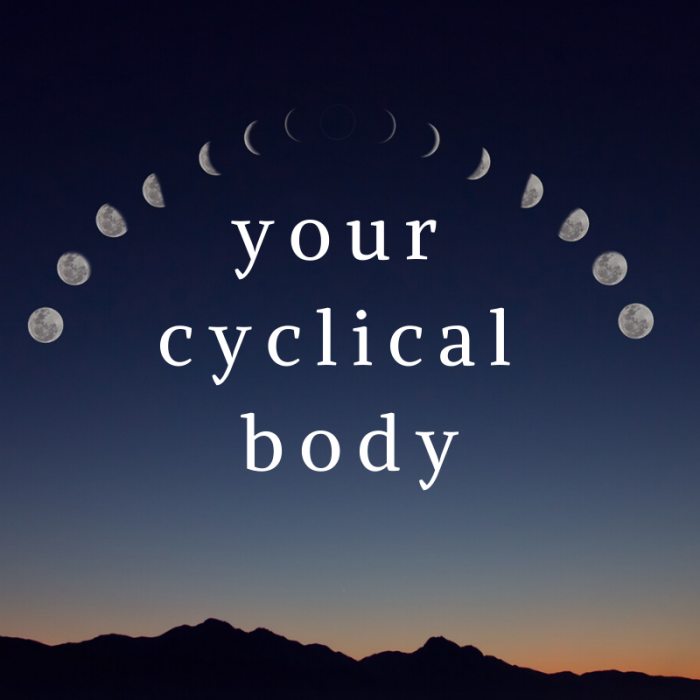
 Previous Post
Previous Post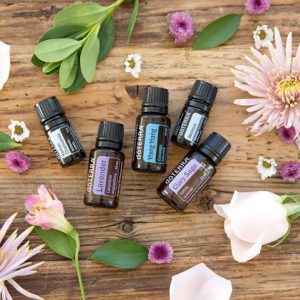 Next Post
Next Post

